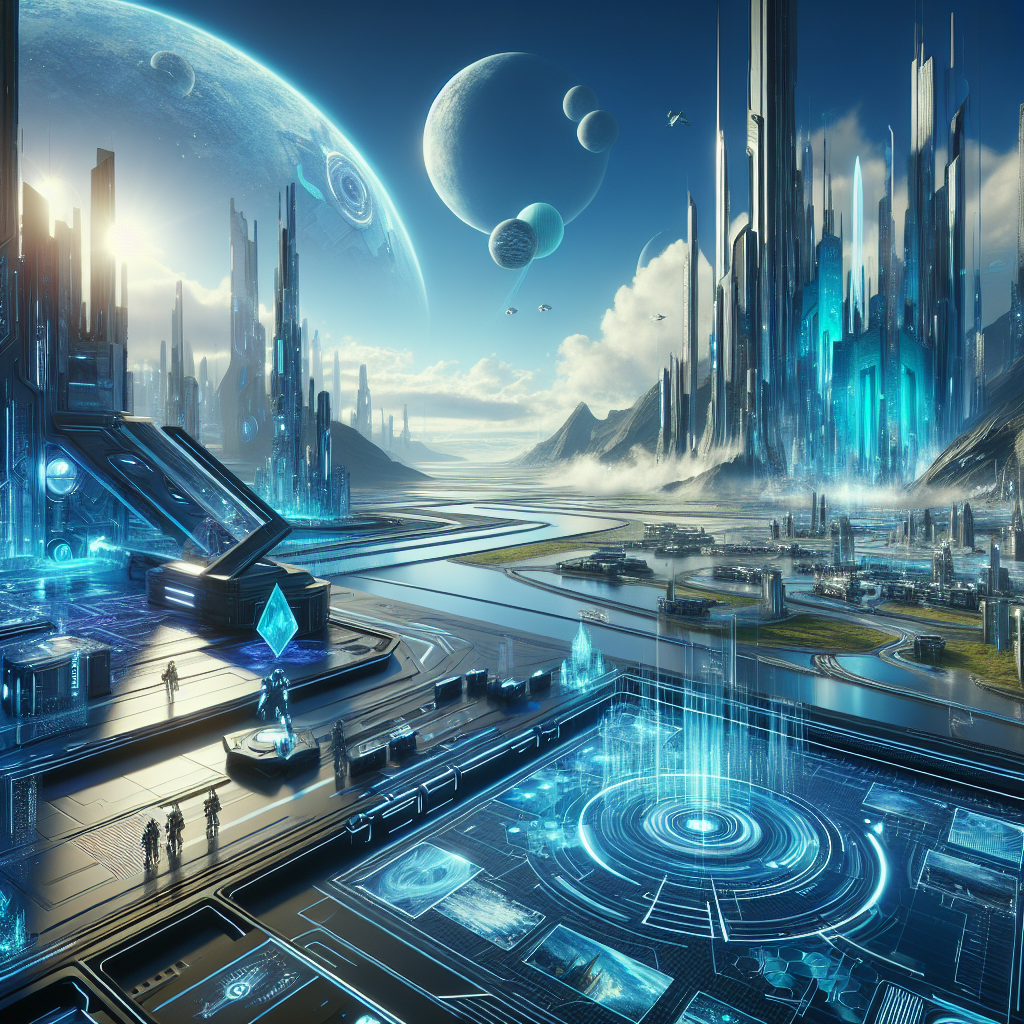With the Halo series being one of the most iconic franchises in the gaming universe, fans and developers alike are eagerly awaiting its next evolution. The recent announcement that future installments of the Halo franchise will be developed using Unreal Engine 5 is creating a buzz in the gaming world. This shift in technology not only promises to bring significant improvements in graphics and gameplay but also marks a transformative step for the future of the series.
The Transition to Unreal Engine 5: What This Means for Halo
The decision to transition Halo to Unreal Engine 5 is a strategic move aimed at utilizing the engine’s advanced capabilities to push the boundaries of the series. Unreal Engine 5 offers a host of powerful tools and features that will empower developers to create richer and more immersive gaming experiences. For Halo, this transition means enhanced efficiency in development processes, more detailed visual environments, and the ability to implement complex game mechanics more easily.
Revolutionizing Game Graphics and Performance
One of the most anticipated aspects of this transition is the potential for unprecedented graphic fidelity and performance. Unreal Engine 5 introduces cutting-edge technologies like Nanite and Lumen. Nanite allows for the creation of incredibly detailed environments without compromising performance, as it intelligently streams necessary data. Meanwhile, Lumen offers dynamic global illumination that results in stunningly realistic lighting effects that change in real time. Players can expect a visual leap forward where Halo’s iconic sci-fi landscapes become even more breathtaking and immersive.
Innovative Gameplay Mechanics Enabled by New Technology
With enhanced graphics and performance, Unreal Engine 5 also opens the door for innovative gameplay mechanics never before seen in the Halo series. The new engine’s scalability and adaptability can lead to improved AI behavior, allowing for more realistic interactions with environments and opponents. Moreover, advancements in physics can introduce more dynamic and complex combat scenarios, creating a more engaging player experience. Developers may also explore novel interactive elements that blur the lines between player and game world.
Community Reactions and Expectations
The Halo community’s reaction to the news has been overwhelmingly positive, with fans expressing excitement about the series’ future possibilities. Given Halo’s storied legacy, expectations are high, and the community eagerly anticipates how Unreal Engine 5 will enhance both storytelling and multiplayer experiences. Feedback from seasoned players suggests a desire for the franchise to remain true to its roots while embracing the innovative potential that comes with new tech.
Many players have taken to forums to voice their hopes for smoother multiplayer experiences and more expansive campaign settings that take full advantage of the engine’s capabilities. As the community continues to share their visions for the future of Halo, developers are attentive to this feedback, promising a collaborative effort to deliver an experience that exceeds expectations.
Conclusion
The adoption of Unreal Engine 5 signifies a bold and exciting new chapter for the Halo franchise. As developers harness the power of this state-of-the-art engine, the possibilities for pushing the boundaries of gaming technology are vast. The future of Halo promises not only visual and gameplay innovations but also a revitalized engagement with its dedicated community. Share your thoughts and expectations for this iconic series’ evolution in the comments below—how do you envision the future of Halo?





